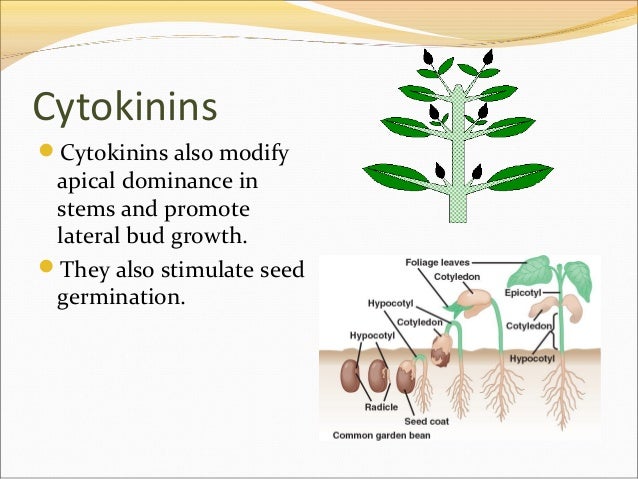Week 6
Hello and good morning everyone. Now it my second last week writes about what i learn for my first semester for the the subject cellular and developmental biology. Yes it second last because i have assign to writes reflective journal for seven weeks and now my six weeks. So let's get started... Oh ya before we start i want to tell you that on Tuesday i do not go to class because i infected chicken pox. It so hurt and itchy. So i ask my friend what they do on the Tuesday and they say they do the cell division cycle matching quiz, they do scl group activity: venn diagram for zygotic vs somatic embryogenesis and quiz on plant sexual reproduction. So from that i got know that i miss two important quiz. ARGHHH.. it really stress.
On Thursday i already recover so i go to class study as usual. On Thursday my lecture teach about plant hormones. Plants Hormones is to promote and also inhibit plant growth. In this topic we study about five plant hormones which is auxin, cytokinins, gibberellines, abscisic acid and ethylene.
function of auxin
Auxin not only elongates cells, but it specifically elongates them in response to the environment. In response to light, auxin will elongate cells on the dark side of a stem so that the plant literally bends towards the light source. This is called phototropism, and it allows the plant to photosynthesize as much as possible, which is important because photosynthesis is how a plant makes food from light.
Auxin also elongates root cells down into the ground, while at the same time elongating cells in the stem upward. This phenomenon, called gravitropism helps the plant develop a strong underground support system and get nutrients from the ground, and it also helps it grow tall towards the sunlight.

Cytokinins are a group of hormones that promote cell division in plant roots and shoots and the growth of buds. Functions of cytokinins is it can promote germination in some seeds in the absence of light, when the seeds normally required light for germination. Cytokinins usually work in conjunction with auxin. Cytokinins can promote axillary bud growth by over-riding the apparent inhibiting effect of auxin. this is one of the ways in which plants balance root and shoot growth.


Gibberellins (GAs) are plant hormone that regulate growth and influence variousdevelopmental process, including stem elongation, germination, dormancy, flowering, sex expression, enzyme induction, and leaf and fruit senescences. Functions of gibberellins are gibberellins growth hormones that stimulate cell elongation and cause plants to grow taller. Gibberellins also have a role in other plant processes, such as stem elongation, germination, flowering, and fruit ripening. In humans, the pituitary gland secretes the human growth hormone at appropriate times; the plastids of a plant secrete gibberellin in a similar fashion. Once a plant releases gibberellins, its cells begin a process of elongation. Since plants are composed of single cells stacked on top of one another, this elongation of thousands of individual cells results in the overall growth of the plant.

Abscisic acid is involved in several plant functions. Plants have openings on the bottom side of their leaves, known as stomata, that take in carbon dioxide and regulate water content. Abscisic acid has been found to function in the closing of these stomata during times when the plant does not require as much carbon dioxide or during drought times when the plant cannot afford to lose much water through transpiration.Abscisic acid owes its names to its role in the abscission of plant leaves. In preparation for winter, ABA is produced in terminal buds. This slows plantgrowth and directs leaf primordia to develop scales to protect the dormant buds during the cold season.One of the crucial functions of abscisic acid is to inhibit seed germination. Abscisic acid has been found to stop a seed from germinating immediately once it has been placed in the soil. It actually causes the seed to enter a period of dormancy. This is of great benefit to the plants because most seeds are formed at the end of the growing season, when conditions would not be favorable for a new plant to sprout. The abscisic acid causes the seed to wait until the time when conditions are more favorable to grow. This ensures greater success in the plant's ability to grow and reproduce successfully.


Tiada ulasan:
Catat Ulasan